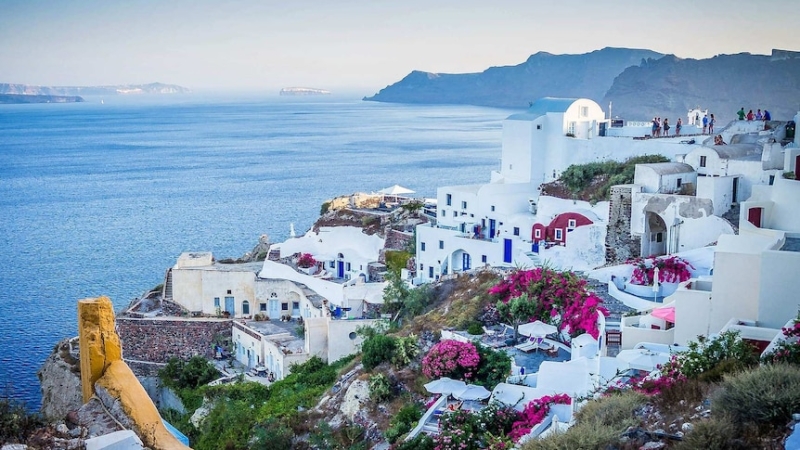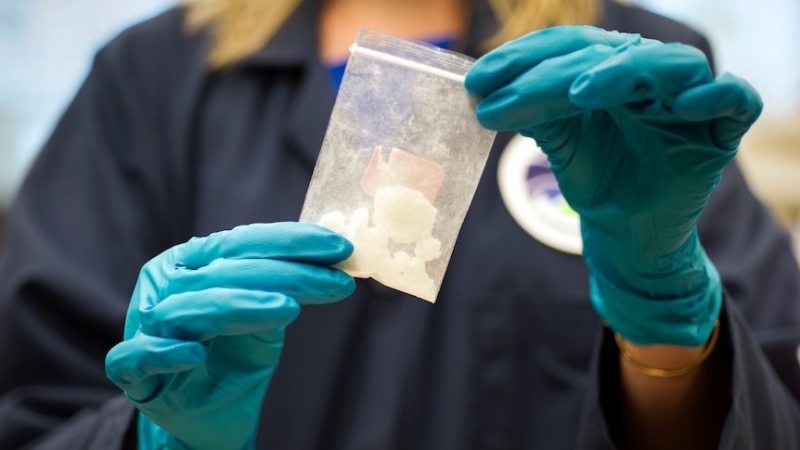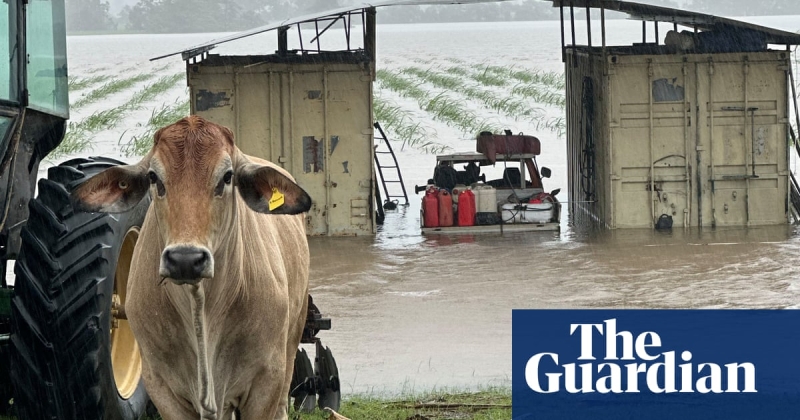More than 200 tremors have been registered since Friday between the volcanic islands of Santorini and Amorgos. (Pixabay: Michelle Raponi)
In short:
Greek authorities have shut down schools and sent rescue teams to the tourist island of Santorini after seismic activity.
More than 200 tremors have been registered since Friday between Santorini and Amorgos.
What's next?
Experts say the tremors are not linked to volcanic activity, but the worst-case scenario could be an earthquake of magnitude 6 or above.
Greek authorities have shut down schools and sent rescue teams to the tourist island of Santorini, after an increase in seismic activity in the region.
More than 200 tremors have been registered since Friday between the volcanic islands of Santorini and Amorgos, the civil protection ministry said in a statement on Sunday, citing experts tasked with assessing earthquake risks and monitoring Greece's volcanic arc.
The strongest, a magnitude-4.6 quake, struck the waters between Santorini and Amorgos on Sunday afternoon local time.
Where will Australia's future volcanoes emerge?
Photo shows Mountainous rocks peek through surrounding gum tree forests.
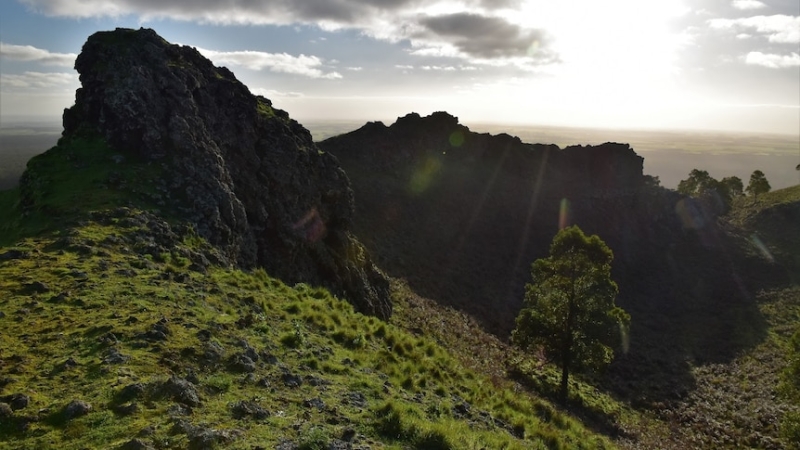
The ministry said experts had concluded the tremors were not linked with volcanic activity.
It said school closures, which extended to the islands of Amorgos, Ios and Anafi, were being put in place as a precaution.
People on Santorini are being urged to stay away from the small ports of Ammoudi, Armeni, Korfos and the harbour of Fira, which serves mainly cruise ships. Many of Santorini's ports are surrounded by sheer rock faces.
Tents have been set up to house rescue teams who have been sent to the island.
In Athens, Prime Minister Kyriakos Mitsotakis chaired an emergency meeting on the issue.
Greece sits on multiple fault lines and is often rattled by earthquakes.
Costas Papazachos, a professor of geophysics and seismology who went to Santorini to assess the situation, said the measures were precautionary and the worst-case scenario was an earthquake measuring 6.0 or more.
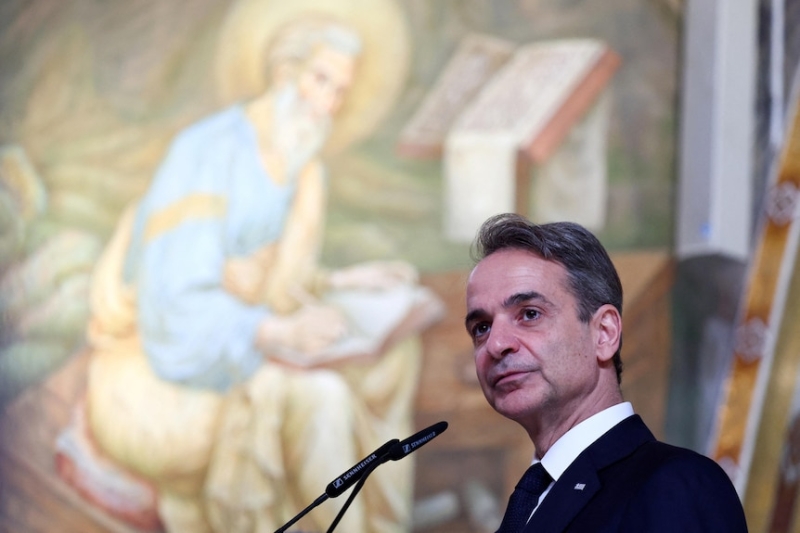
Greek PM Kyriakos Mitsotakis has chaired an emergency meeting in Athens. (Reuters: Florion Goga)
"This does not necessarily mean that there will be a strong earthquake, it may well be that the thermal energy dissipates and we have a smaller earthquake in Santorini," he told the Greek website protothema.gr.
"But we have to take measures."
Santorini, with whitewashed buildings clinging to its steep cliffs and black sand beaches, is visited by about 3 million people annually.
One of the largest volcanic eruptions in history, around 1600 BC, formed the island in its current shape.
The last eruption in the area occurred in 1950.
Reuters/AFP

